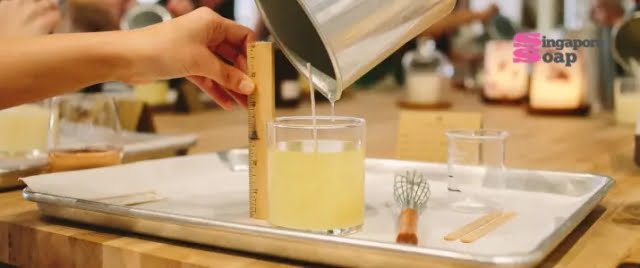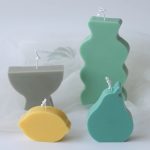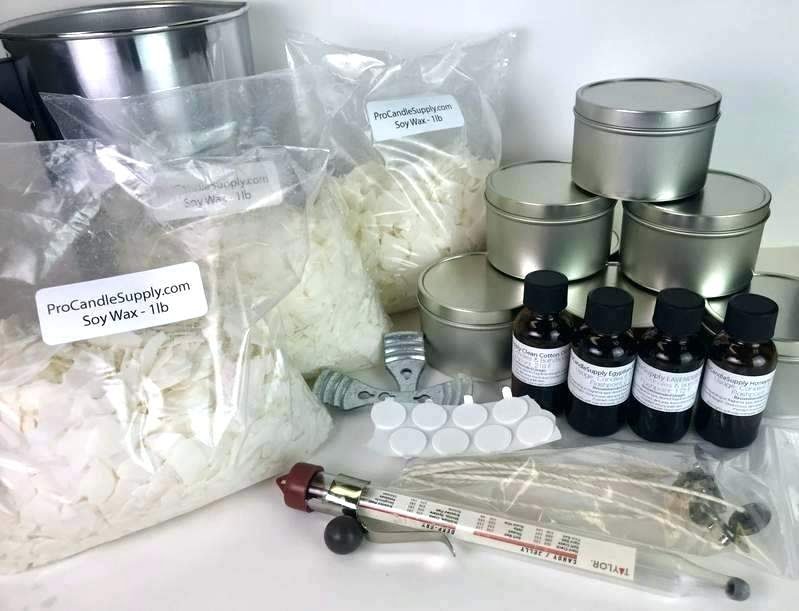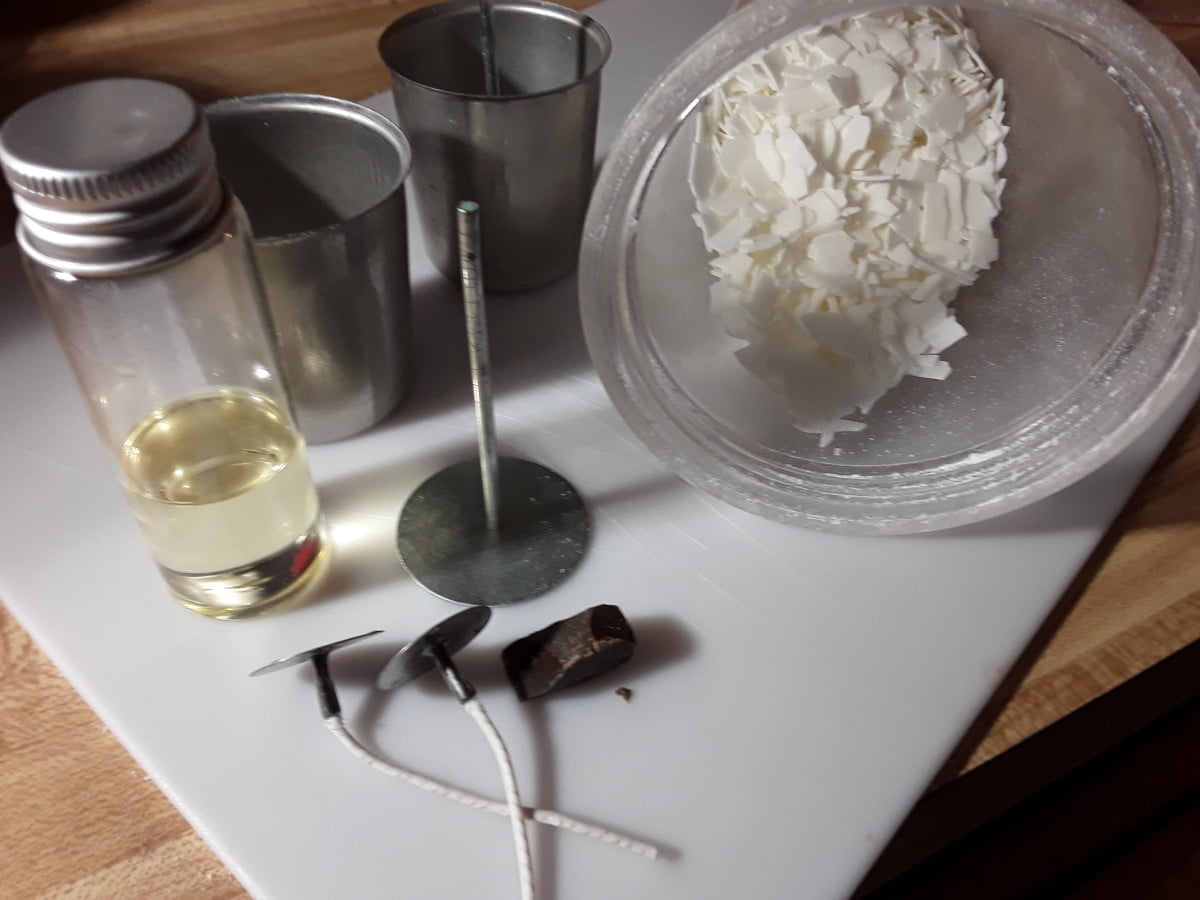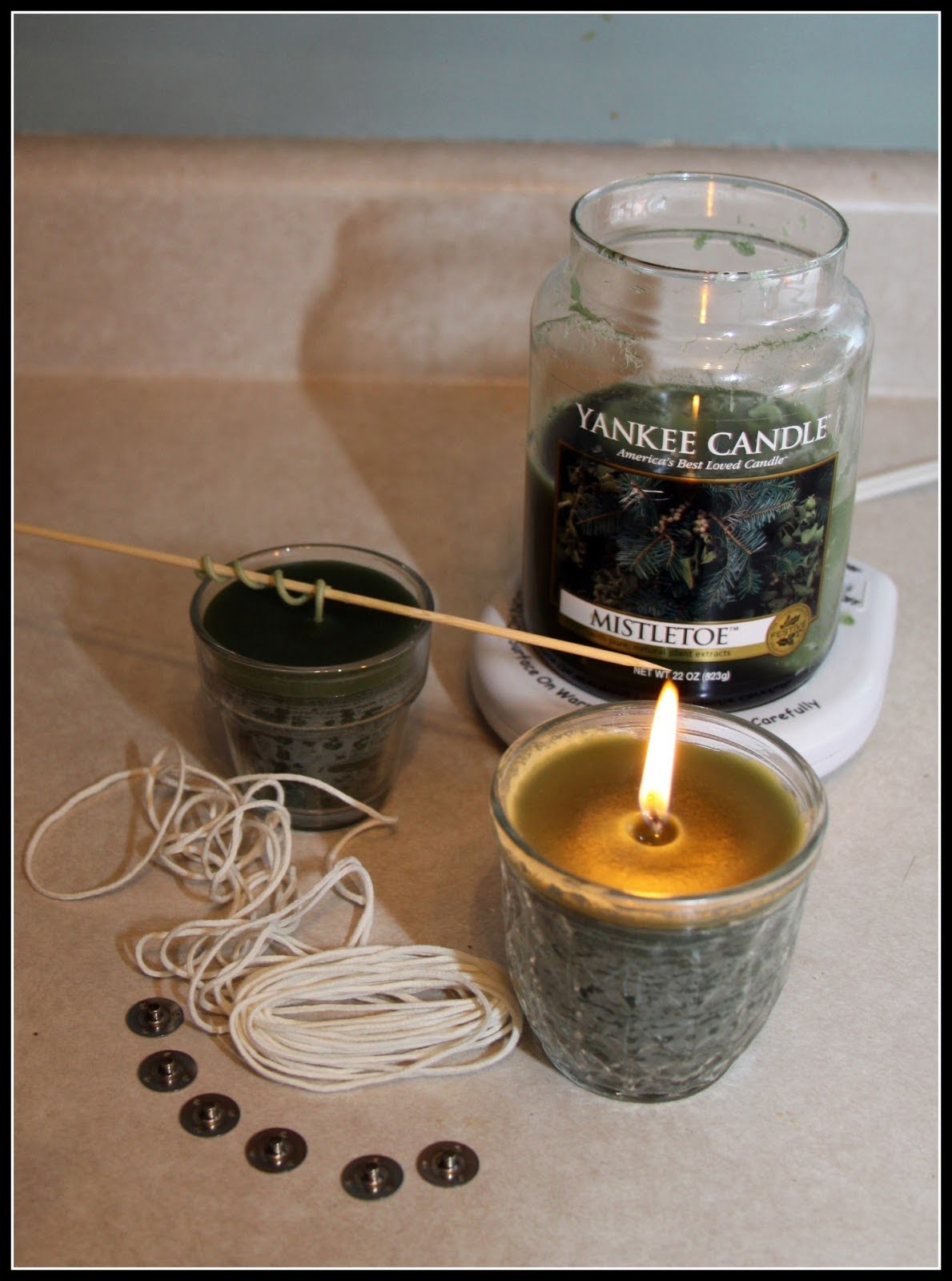Introduction
Natural Fragrance Candle Making is a process of creating scented candles using natural ingredients such as essential oils, flowers, herbs, and spices. The benefits of making natural fragrance candles are numerous. They are especially beneficial for people who suffer from allergies or asthma due to the absence of synthetic fragrances and chemicals. Natural fragrance candles also provide an eco-friendly alternative to regular candles as they cause minimal pollution. Another benefit of fragrance candles made with natural ingredients is that their scent can last for longer than those made with synthetic fragrances. Furthermore, the scent coming from these candles does not become overwhelming like it can with artificial fragrances.
Making natural fragrance candles is relatively easy once you have gathered the necessary supplies. These include beeswax, soy wax, Shea butter, vegetable wax, natural essential oils or extracts derived from plant sources (like candy flower), wicks (preferably cotton wicks and zinc wick circles), molds/candle jars and melting pot/double boiler. The wax and essential oil will be used as the base of your candle while the other items mentioned provide support in the form needed to make them into usable objects such as candle jars or molds. Finally, you can find more intricate scrollwork moulds to get more detailed candle designs if desired.
Different Types of Wax Used in Natural Fragrance Candle Making
The type of wax used in natural fragrance candle making is typically a vegetable or animal wax. The most commonly used are beeswax and soy wax. Beeswax has been used for centuries in many traditional candle-making methods, as it burns with a pleasant scent and provides an even heat. Softer, more pliable varieties of beeswax have been known to be easier to work with when creating shapes for candles or tapers. Soy wax, which is derived from the oil of soybeans, has become increasingly popular in recent years as an alternative to beeswax. It’s seen as being non-toxic and produces very little soot while burning—making it perfectly suited for containers and jar candles. Other popular types of waxes used in natural candle making include palm wax (made from palm oil) and tallow (animal fat). Finally, paraffin wax is sometimes used when blending two different types of waxes together; however, paraffin provides weaker scent throw and has a tendency to smoke more than vegetable or animal based waxes, which shouldn’t be overlooked when considering its use in natural fragrances.
Step-by-Step Guide on Making a Natural Fragrance Candle
1. Gather Your Supplies: To make a natural fragrance candle, you’ll need quality wax, a pour pot, a heat source (such as a double boiler), wicks and clips, scent oil, glass containers or molds, thermometer and wick holder.
2. Prepare the Wax: Melt the wax in the pour pot over low heat. Use the thermometer to ensure that it melts at the right temperature (around 80° Celsius or 176° Fahrenheit). Stir the wax regularly to ensure even heating and melting.
3. Add Scent Oil: Once your wax is melted, add essential oils of your choice to create powerful scents that will fill up your home or office. You can also add dried herbs or spices for additional fragrance or color.
4. Attach the Wicks: Cut off two pieces of wick and attach them to clips inside each container using half-hitch knots at the base of each clip. Make sure that they are tightly secured so they won’t slip out of place when pouring in the wax mixture. Once secure, trim off any excess from both ends of each wick with scissors for an even look in your finished product.
5. Pour: Slowly pour the melted wax into each container until it reaches about a centimeter below the top rim for safety reasons – it should not come up higher than this when candle is burning! Try not to move to much once you start pouring as this can cause bubbles in your candles surface finish. Allow your candles to harden for 24 hours before trimming and burning them!
Techniques and Tools to Achieve Different Candle Designs
Natural fragrance candle making is an exciting and satisfying craft that involves using essential oils and natural materials to create unique aromatic experiences. With the right tools and techniques, hobbyists can create beautiful designs with a variety of colors, scents, and shapes.
One of the main tools in candle making is a container or mold. Different types of molds can be used depending on the desired candle shape – such as the traditional ‘scones,’ novelty shapes like animals or fruits, or even custom-made shapes designed by experienced hobbyists. Other necessary tools are wicks, wax, double boiler pots, thermometers and fragrances. Depending on the type of wax used (paraffin, soy or beeswax) temperature settings vary. In order to achieve different colors and scents in candles, color dyes and fragrances must be added to the base wax material. Some hobbyists use soap dye for vibrant colors while others prefer natural colors from herbs and spices. Fragrances are typically achieved through botanical essences like essential oils – giving candles a gentle yet invigorating aroma. There are also scent enhancers available that can help bring out aromas from essential oils more effectively. Once all materials have been properly mixed together they should be poured into the element form of choice – where it will take form after several hours of solidifying in cool temperatures. After discarding extra materials and sealing any edges, decorative elements such as lace ribbons or painted flowers can be applied if desired. All these steps when combined create wonderful handmade items perfect for gifting or home decorations!
Troubleshooting Tips for Natural Fragrance Candle Making
Creating your own natural fragrance candles can be a fun and rewarding activity. However, sometimes things don’t go as planned. In order to ensure that you get the desired outcome, there are several helpful troubleshooting tips for natural fragrance candle making that you can use.
When you are trying to identify why a certain process isn’t working correctly, start by checking the wick size of your candle. A correct wick size is essential in order for the wax to burn evenly and at a proper speed. If the wick is too small, this will result in an uneven burning surface or ‘tunneling’ – where some parts of the wax remain unmelted – whereas if the wick is too large it will create a larger flame which risks causing sooting on the container walls.
It is also important to make sure that your wax temperature is around 185°F (82°C) while melting it before adding any fragrance oil or other ingredients plus 5-10 degrees before pouring – any higher may damage volatile compounds present in natural fragrances, not only weakening its scent but possibly reacting with the emulsifier used when blending with water-scents such as hydrosols (such as rose water).
When using essential oils or absolutes during candle making, it is essential to note their flash point (the lowest temperature at which they ignite in air) as they can catch fire at temperatures typically higher than what would be used for traditional paraffin candles. The wax should never exceed 200°F (93°C)!
Another common issue occurs when a piece of debris inadvertently falls into the melted wax mixture – such as insects, foreign particles etc – so make sure to strain all ingredients before mixing with melted wax and continuously monitor during/after creation process too. Finally, stirring wax thoroughly will help distribute fragrance evenly and minimise risk of pooling or separation occurring afterwards. With these troubleshooting tips for natural fragrance candle making taken into account, you are sure to achieve great results every time!
Possible Variations of Natural Fragrance Candles
Natural fragrance candles can come in a wide range of variations, depending on what aroma or scent you would like to add. For instance, if you are looking for something refreshing, citrus fruits and fragrances such as lime, lemon, basil or mint are perfect options. Alternatively, calming floral scents like lavender and jasmine are also beautiful choices that can help bring a sense of wellbeing into a space. Fruity aromas like mangoes, cherries, and apples have become increasingly popular amidst recent trends in aromatherapy and natural living. Herbal fragranced candles such as Rosemary make for an earthy accent to any home. In between fruity and herbal scents lie the musk-type lamp nighters characterized by sweet rosewood and sandalwood smells which are oh so soothing! Finally, combinations of different fragrances make for exciting experiments – from confections smelling of cotton candy to holiday gift sets with festive tree notes – these attributes all make possible new ways of playing around with candle making recipes!
Conclusion
There are lots of creative and exciting ways to make your own unique natural fragrance candles at home. First, you should decide on the type of wax to use and the wick that best suits your needs. If you are looking for something economical, consider paraffin wax or soy wax, both of which burn cleanly and evenly. You can also get creative with essential oils, fragrances, herbs, or dried flowers in order to customize the scent of your candle. You can even try layering different shades or colors of wax for added visual appeal. Finally, be sure to invest in high-quality molds and wicks when making any candle from scratch in order to ensure a secure formation that won’t move when burning and produce optimal results. With a few simple supplies and tips, you can easily make candles full of pep and personality that will light up any room!

Welcome to my candle making blog! In this blog, I will be sharing my tips and tricks for making candles. I will also be sharing some of my favorite recipes.

